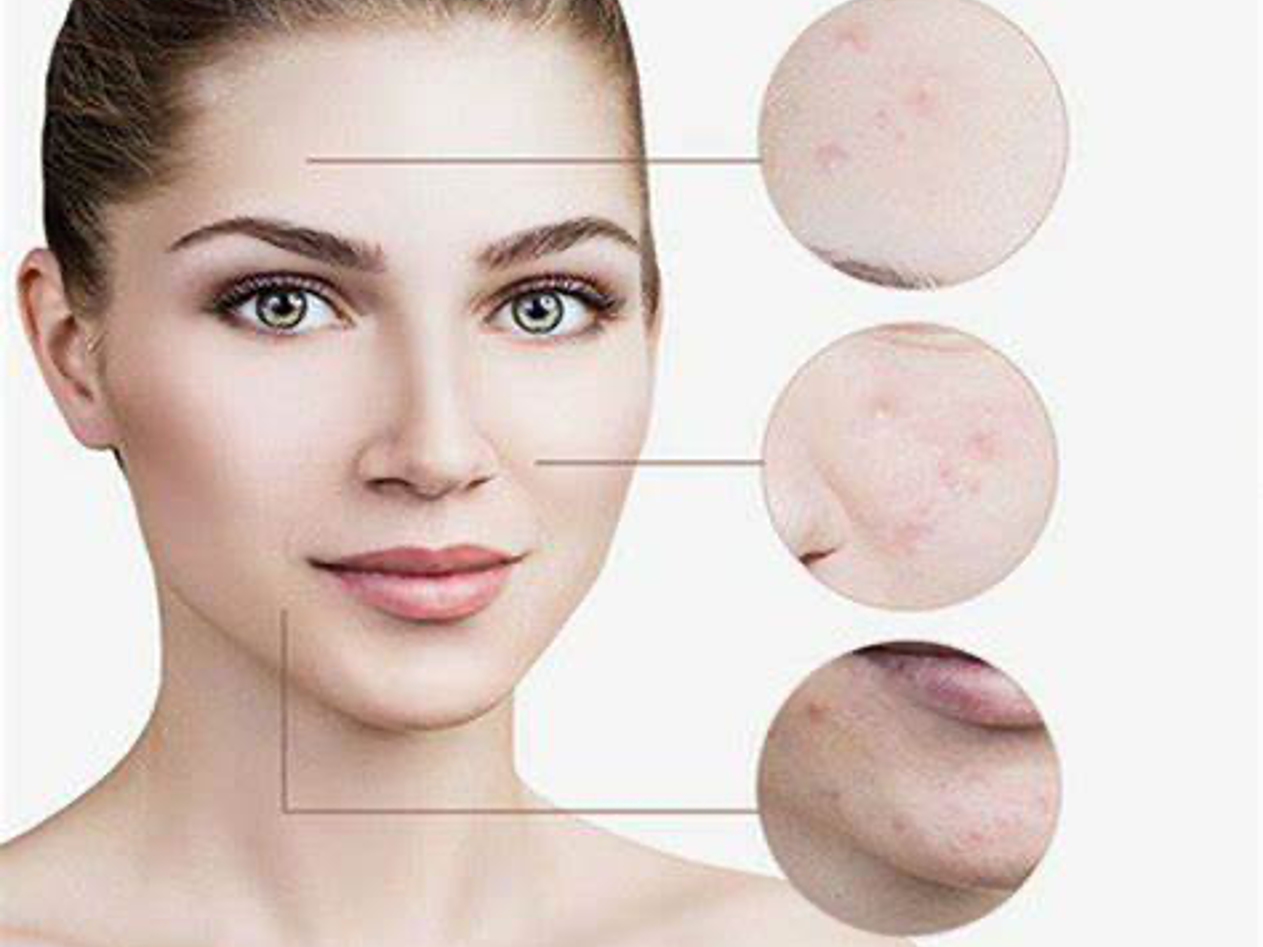
Time lenghth: 30-40 minutes
What is the chemical peel ?
A chemical peel is the chemical exfoliation in which a solution is applied to the skin to exfoliate and remove the outermost layers. The purpose of a chemical peel is to extremely improve the appearance of the skin by addressing various skin concerns such as acne, wrinkles, uneven skin tone, sun damage, and hyperpigmentation. During a chemical peel, a solution containing various acids, such as glycolic acid, salicylic acid, or trichloroacetic acid… are applied to the skin. The type and strength of the chemical solution used depend on the desired depth of the peel and the specific skin concerns being addressed to achieve more effective visible results. The chemical solution works by breaking down the bonds between the old, damaged skin cells, stimulating the production of new skin cells, and promoting collagen production. This process results in smoother, rejuvenated skin with improved texture, tone, and overall appearance.
The types of chemical peels.
It depends on the skin conditions; we will tailor for individualized peel treatments to obtain the better and faster results that present for:
– Hyperpigmentation peel
– Rosacea peel
– Acne peel and acne mark peel
– Anti-aging peel
Contraindications for chemical Peel
– Recent sunburn or excessive sun exposure
– Pregnancy and breastfeeding
– Skin conditions or sensitivities: Individuals with certain skin conditions, such as eczema, dermatitis, or psoriasis. Additionally, those with hypersensitivity or allergic reactions to the chemicals used in the peels should avoid the procedure.
– Use of certain medications: Some medications, such as isotretinoin (Accutane) or oral steroids, can affect the healing process and increase the risk of complications. It is essential to inform your healthcare provider about all medications, both prescription and over the counter, that you are currently taking.
– History of keloids or abnormal scarring.
Aftercare
1.Avoiding direct sunlight and heat exposure for at least 4- 7 hours after the procedure.
2. Applying a gentle moisturizer to the treated area to keep the skin hydrated and help it heal faster.
3. Avoid harsh scrubs or exfoliants for at least a week after the procedure.
4. Drinking plenty of water to keep the skin hydrated from the inside.
5. Avoiding makeup for at least 72 hours after the procedure.
6. Avoiding swimming or any other activity that may cause excessive sweating or exposure to bacteria for 7 days hours after the procedure.
It is also important to follow any specific aftercare instructions provided by the esthetician who performed the procedure.
Enhancements: Chemical peels are greatly compatible with Dermaplaning before or/and LED after to help chemical solution penetrate to the skin better and to achieve the
ultimate result. Multiple treatments are needed to reveal the desired results.


